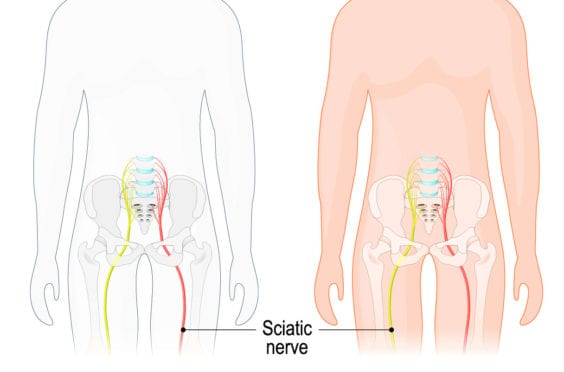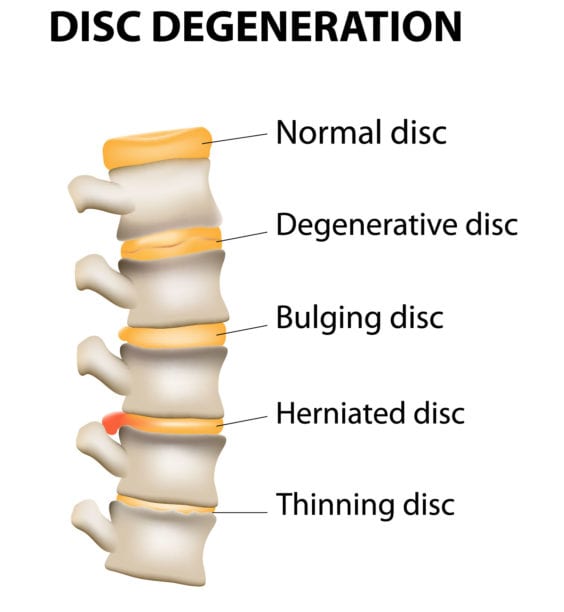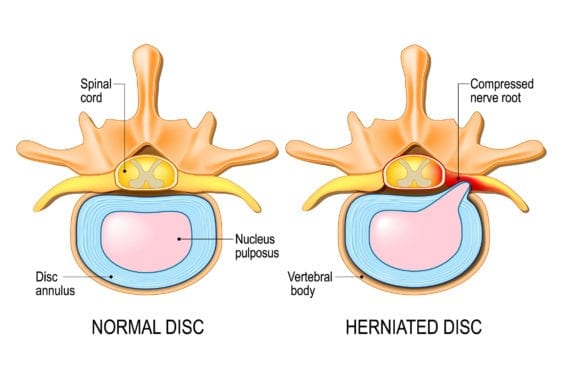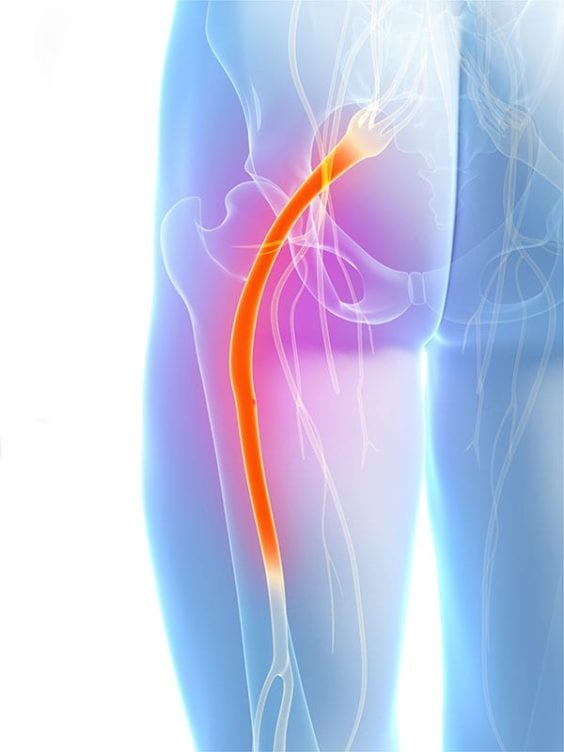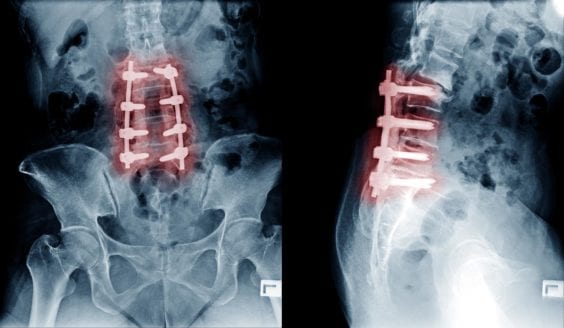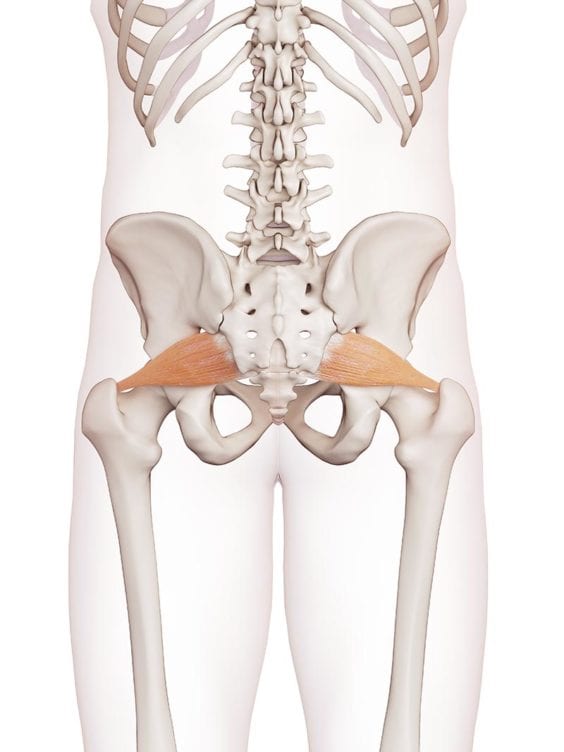Degenerative Disc Disease
Common Spinal Cause of Sciatica
Many people get concerned when being diagnosed with a ‘degenerative‘ condition. However, this is a natural and painless part of aging that impacts many structures of the body, including joints and bones. A disc, described above, becomes degenerated over time as the tissue loses its moisture content, shrinks, thins, and hardens. Sometimes this process is sped up by repeated injury or even trauma, and your body may produce less functional scar tissue. Many people are found to have ‘degenerated discs’ when X-rays, CT Scans, or MRI is performed in cases where they don’t have pain. Stated another way, most people beyond a certain age have ‘degenerative disc disease’ that does not cause pain and maybe a natural part of aging. However, vertebral discs can be the source of significant pain in certain circumstances.
Vertebral discs have nerves contained within them that are capable of transmitting pain signals to the brain. When pain originates from a vertebral disc, it called ‘discogenic’ pain. Discogenic pain is thought to occur within discs that have suffered an injury or following degeneration leading to the weakening of the fibrous tissue of the disc. A tear within the disc is an ‘annular tear’ or ‘annulus tear’ on an MRI report.
Vertebral discs can also result in a mechanical pain that results from the disc pushing on or leaning on nerves that travel nearby within closed tunnels or canals. Two of the most common sources of sciatic pain are neuroforaminal stenosis and spinal (canal) stenosis.
Neuroforaminal stenosis can occur when a bulging or prolapsed portion of a disc compresses a spinal nerve root as it travels through an opening on the left or right side of the spine. This opening in the spine is called a neuroforamen, and stenosis means an abnormal narrowing of the neuroforamen or opening of the spine. Neuroforaminal stenosis is among the most common cause of sciatica and lumbar radiculopathy.
Spinal Canal Stenosis occurs when the canal that travels from the brain down through the spine gets narrowed or closed off because of disc material bulging out into the canal. Vertebral disc bulging, prolapse, extrusion, or herniation are terms used in MRI reports indicating the level of the disc penetration into the canal. Disc bulges are the most common and can be present in patients that do not have symptoms of sciatic pain.

 CALL TODAY!
CALL TODAY! 